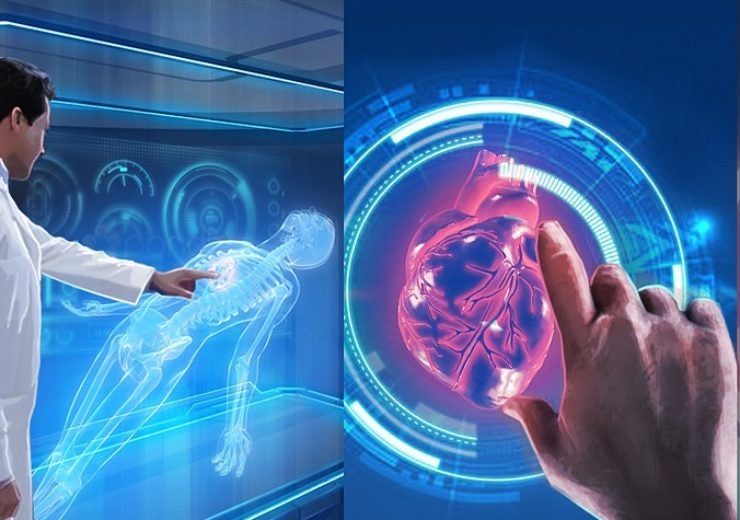But not absolutely all scientific improvements have the ability to change to everyday clinical practices. We take one particular development – picture evaluation engineering – and describe how it may be utilised in getting more knowledge from medical images.
Whenever a pc is employed to review a medical image, it is recognized as picture evaluation technology. They are common because a pc system is not handicapped by the biases of an individual such as visual illusions and previous experience. Whenever a pc examines a picture, it doesn’t notice it as an aesthetic component. The image is translated to electronic data where every pixel of it’s comparable to a biophysical property.
The computer system employs an algorithm or plan to get collection styles in the picture and then identify the condition. The entire process is extended and not always exact because the one function throughout the picture does not always indicate the exact same disease every time. An original technique for solving this dilemma related to medical imaging is equipment learning. Machine understanding is a type of artificial intelligence that gives some type of computer to skill to understand from offered knowledge without being overtly programmed. Put simply: A machine is provided different types of x-rays and MRIs.
It finds the proper habits in them. Then it learns to note the ones that have medical importance. The more knowledge the computer is presented, the greater their machine learning algorithm becomes. Luckily, on the planet of healthcare there’s no shortage of medical images. Utilising them will make it possible to place in to software image examination at a general level. To help comprehend how device understanding and image evaluation will change healthcare practices, let’s take a look at two examples antiviral coating.
Imagine a person would go to a skilled radiologist using their medical images. That radiologist has never undergone a rare illness that the in-patient has. The chances of the medical practitioners appropriately detecting it are a simple minimum. Today, if the radiologist had use of equipment understanding the unusual issue could be determined easily. The cause of it is that the image analysing algorithm could hook up to images from all around the world and then develop a course that areas the condition.
Another real-life request of AI-based image examination could be the calculating the effectation of chemotherapy. Today, a medical professional has to evaluate a patient’s images to those of others to learn if the treatment has provided positive results. This can be a time-consuming process. On the other hand, machine learning may tell in a matter of seconds if the cancer therapy has been successful by calculating how big malignant lesions. Additionally, it may compare the patterns within them with these of a standard and then offer results.
The day when medical picture examination engineering is as typical as Amazon proposing you which object to get next centered on your getting record is not far. The benefits of it are not only lifesaving but exceedingly inexpensive too. With every patient data we add on to image analysis programs, the algorithm becomes faster and more precise.
There is number questioning that the benefits of machine learning in image examination are numerous, but there are several difficulties too. Several obstacles that must be crossed before it can easily see popular use are: The patterns that the computer considers mightn’t be understood by humans. The selection means of algorithms reaches a nascent stage. It’s still uncertain on which should be thought about essential and what not.
How safe is it to employ a unit to spot? Could it be moral to utilize machine learning and exist any legal ramifications of it? What happens may be the algorithm overlooks a tumour, or it wrongly recognizes a issue? Who is regarded accountable for the problem? Is it the duty of the doctor to see the patient of all of the abnormalities that the algorithm determined, actually if you have no therapy needed for them? A solution to any or all these questions needs to be found before the engineering could be appropriated in true -life.
